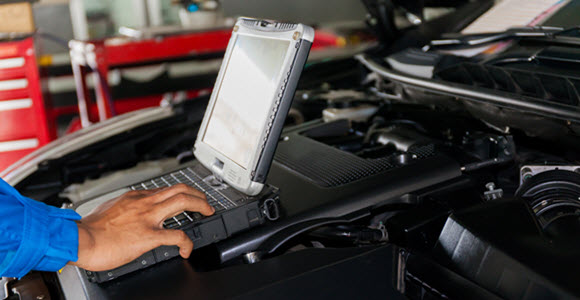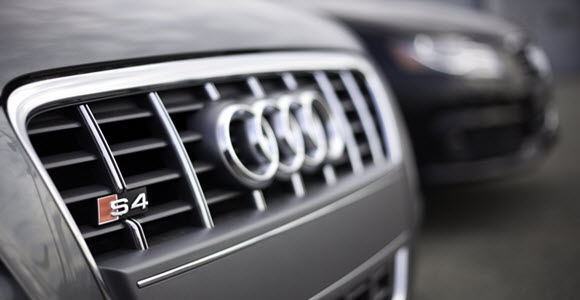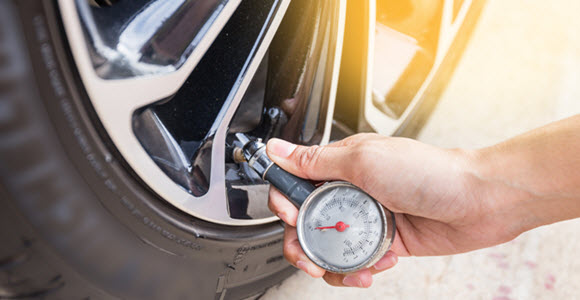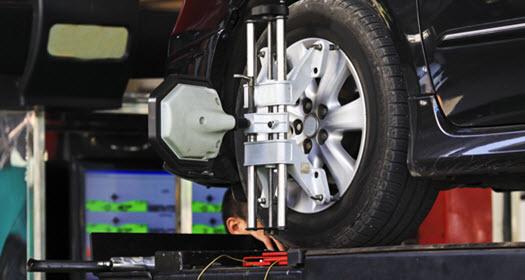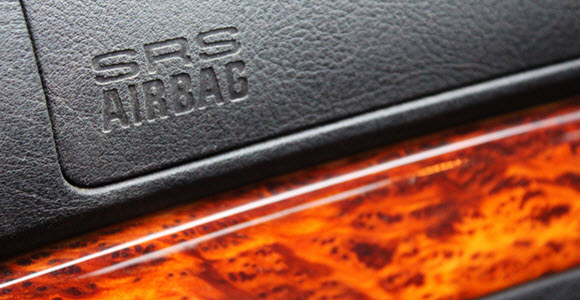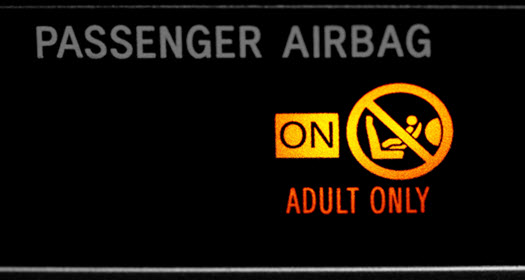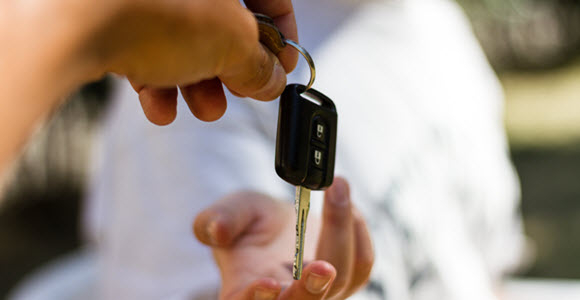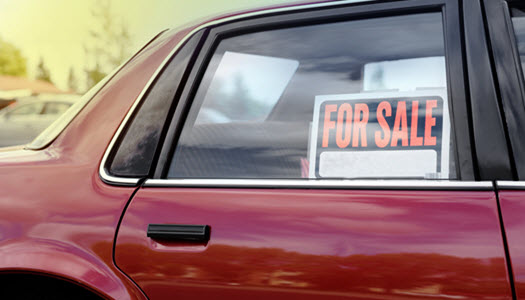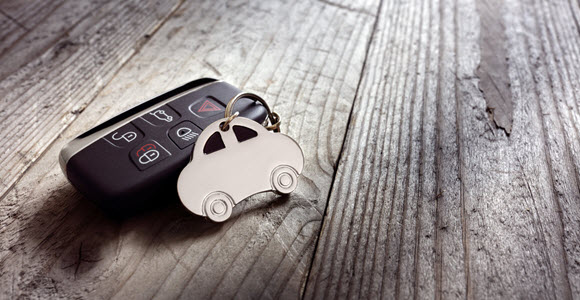When Your Car Needs a Software Update
Posted on | 4 Oct 2017 By Anita Gaal
The ever-advancing world of technology has afforded us luxuries that were unforeseen just decades ago. Now we can have built-in navigation systems in our cars, televisions installed, Bluetooth with voice-operated technology, and other benefits of the IT era that have kept the automotive industry on its toes in new engineering and innovative designs that integrate such advances into the driving experience. This is only the beginning of the technological side of automotive integration, and consequently it is important to know how and when your car needs an update. Just like our computers on our desktops, our phones, tablets, and other technological devices need software updates, so do the computers in our cars. Luxury, high-performance vehicles in particular rely on software updates because they employ some of the most high-tech features and integrations out of all the vehicles on the market. Whether you own an Audi, BMW, Porsche, or Volkswagen, it won’t run optimally without continuous software updates. In Dallas, Garland, Arlington, Fort Worth, TX and the surrounding areas it is essential to have a reliable, efficient mode of transportation—don’t let your vehicle get stuck in the technological past.
In case of performance degradation
Usually software updates address specific issues which drivers encounter over the course of the driving experience. It is also common for auto technicians and dealerships to relay difficulties to manufacturers, which are generally taken seriously by most vehicle brands. Sometimes these software updates target problems that affect the drivability and performance of the vehicle such as safety updates, while other times the updates entail fixes to more trivial issues such as radio function and climate control. Generally drivers are notified that a software update is available for their vehicle under the circumstances of a mass recall, but not always. As time goes on, a driver’s decision to update software becomes more relevant, making it much like updating your phone or computer.
Sometimes software updates can be costly in labor, and manufacturers will typically cover the cost if the update is related to a manufacturer-induced recall. However, the cost of software updates is sometimes not included under manufacturer warranty, giving them an out of having to pay for even necessary updates. It can be a scary feeling to be unsure of the safety of yourself and your passengers in your vehicle, so it’s always best to check with the manufacturer regarding the rights you have as a consumer of their product and their policies on software updating.
Availability of newer versions
Additionally, just like the computer on your desktop or the phone in your hand, there is now a serious potential for your system to be compromised. Hackers too have evolved with automotive technology, particularly in ways that permit your vehicle’s security to be disabled temporarily, with enough opportunity to steal the belongings in your car, or even the car itself. Newer technology in the automotive industry is focusing on fixing these issues, and you will want to stay tuned for newer software updates that address the security of your vehicle. In the meantime, it is essential to find an trained automotive specialist who can address your specific vehicle’s software needs, and they should have in-depth training in the most current automotive technology trends.
Fix your software issues at ‘Euro Automotive’
If you live in Dallas, Garland, Arlington, Fort Worth, TX or a nearby area, the experts here at Euro Automotive can help you with all of your vehicle software needs. They are used to communicating with manufacturers directly, eliminating the need to involve expensive dealerships. Specializing in European imports like Audi, Porsche, Mercedes, and BMW, Euro Automotive technicians have an extensive background in diagnosing the most up-to-date and current technological issues related to the high-end market and offer cost-effective solutions that won’t drain your wallet. We believe that owning a high-performance vehicle should not limit our clients to what they can afford repair and maintenance-wise; in addition to offering a 90-day guarantee on all labor performed, we also extend that guarantee for 12 months on all parts installed. If you are unsure of whether or not your vehicle needs its software updated, contact Euro Automotive for answers—it is our pleasure to restore your vehicle’s performance to its optimal level; we value our customers, their safety, and their driving experience.





